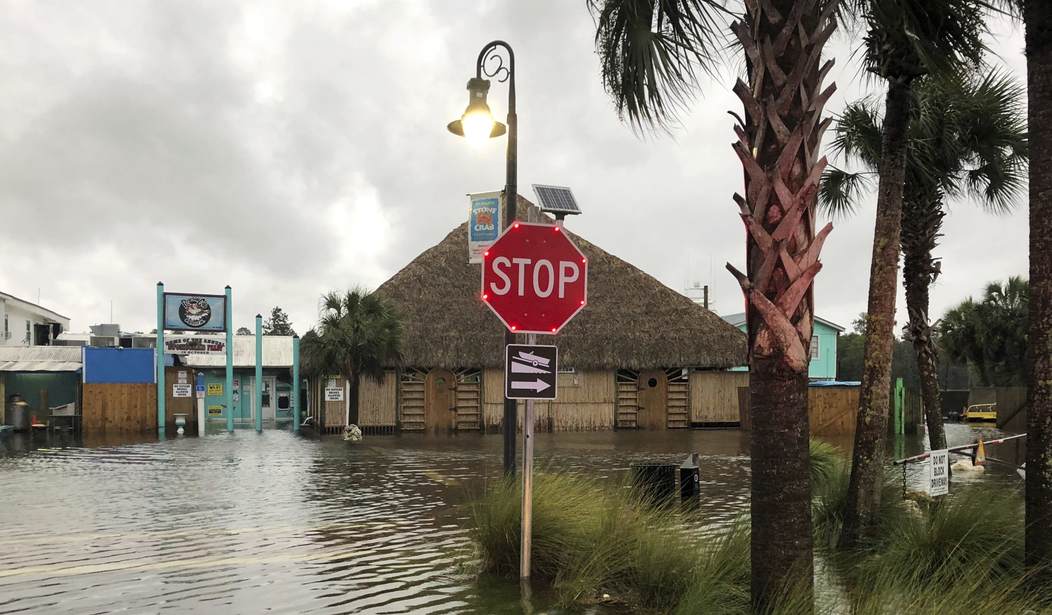Extreme weather events including droughts and wildfires accounted for most of the natural hazards that affected more than 60 million people around the globe in 2018, a United Nations office said in a call for climate change action to reduce disaster risk.
According to the United Nations Office for Disaster Risk Reduction, the majority of lives lost in disasters last year didn’t fall victim to weather-driven events but to earthquakes and tsunamis.
In a year without a “mega-disaster” such as the 2004 Indian Ocean tsunami, 10,373 lives were lost in disasters in 2018. Earthquakes took 4,321 lives while volcanic activity killed 878 people.
Flooding killed 2,859 people last year while affecting 35.4 million people total. Storms killed 1,593 people and affected 12.8 million people worldwide. Hurricanes were also the costliest disaster in terms of cash, with U.S. hurricanes Michale and Florence and Typhoon Jebi in the Philippines pushing bills into the tens of billions.
No deaths were attributed to drought, which affected nearly 9.4 million people, but 536 deaths were blamed on “extreme temperature.” Wildfires killed 247 people, a sharp jump from the average of 71 deaths per year between 2000 and 2017. Volcano-related deaths, which had averaged 31 per year, jumped to 878.
The United States had the seventh-highest disaster death toll last year, with 298. The U.S. was also the eighth-most impacted country, with 1,762,103 people affected by disasters last year — between Afghanistan and Japan.
The most disaster-related deaths occurred in Indonesia, where 4,535 lost their lives, while India was most affected by natural hazards with 23,900,348 people feeling the sting.
Special Representative of the Secretary-General for Disaster Risk Reduction Mami Mizutori said the widespread nature of natural hazards last year underscores the need for disaster management, which includes making buildings sturdy enough to withstand the elements.
“Time is running out for limiting global warming to 1.5˚C or 2˚C,” Mizutori added. “We have to be equally active about climate change adaptation which means reducing disaster risk in our cities, avoiding the creation of new risk by better land use, stronger planning regulations and building codes, safeguarding protective eco-systems, reducing poverty, and taking active measures to reduce exposure to rising sea levels.”
The head of the Centre for Research on the Epidemiology of Disasters at the Université Catholique de Louvain, which prepared the statistics, noted that “the impact of all disasters, particularly drought and extreme temperatures are notoriously poorly reported, especially from low-income countries.”
“The human impact of these events, are difficult to quantify, but it needs to be done urgently, especially in order to report on specific [Sustainable Development Goals] target indicators,” said Debarati Guha-Sapir. “Therefore, innovative approaches that measure progress in resilience and the adaptive capacity of communities needs to be addressed by appropriate UN agencies.”








Join the conversation as a VIP Member